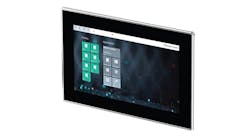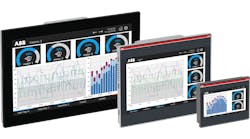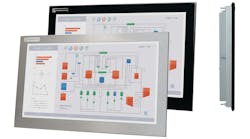The International Society of Automation reported Aug. 22 that it's published a supporting technical report, ISA-TR101.02-2019, "HMI Usability and Performance" that addresses the specification, design, implementation details, and management of an HMI focused on usability and performance. It explains how the ANSI/ISA-101.01 standard applies in determining an optimal solution to achieve process goals using examples that have been shown to be effective.
ISA's first American National Standard on HMI, ANSI/ISA-101.01-2015, "Human Machine Interfaces for Process Automation Systems," covers the philosophy, design, implementation, operation and maintenance of HMIs for process automation systems. It defines the terminology and models to develop an HMI and the work processes recommended to effectively maintain an HMI throughout its lifecycle.
“The new technical report is especially valuable for focusing on the needs of operators to maintain situational awareness through the use of an HMI optimized for performance and usability," says Ruth Schiedermayer, controls engineer at Dilling Group Inc., who served as co-chair of the ISA101 working group that developed the document.
HMI enhancements for improved usability and performance are often associated with additional specifications, custom design, implementation, and management considerations, in addition to vendor-provided functionality and features. “The technical report provides details on how to implement the ANSI/ISA-101.01 standard with examples of optimized displays and objects that can be used in them—and the rationale behind using them,” adds David Board, commercial project engineer at Rockwell Automation, who served as co-chair of the working group.




